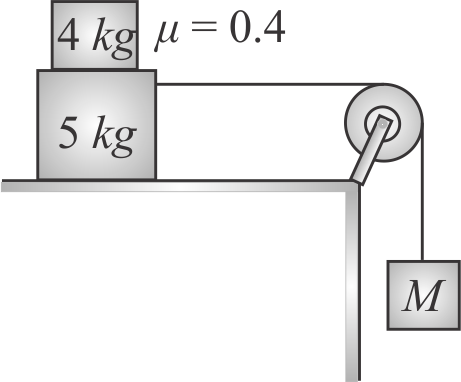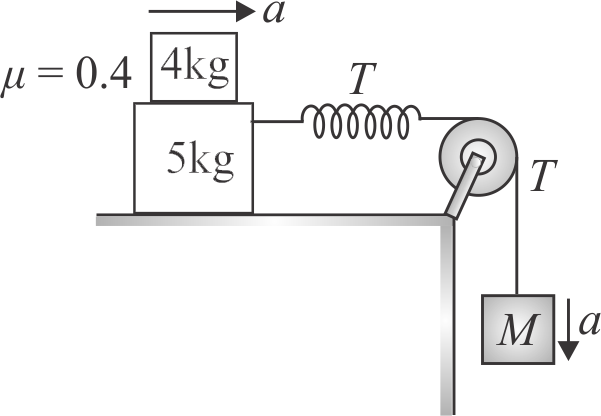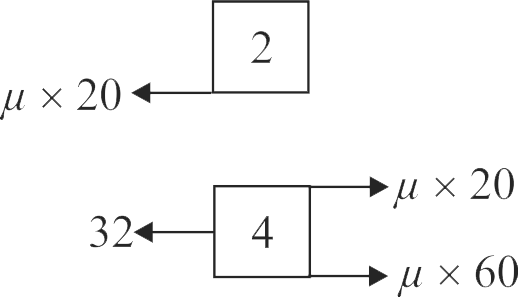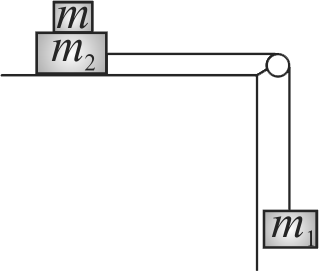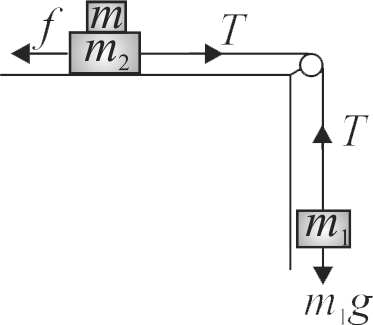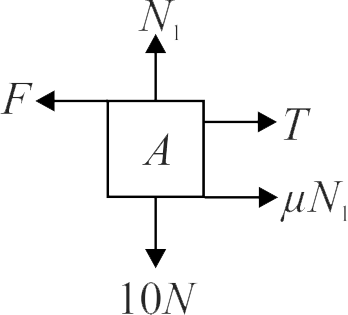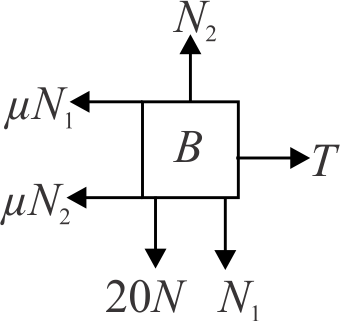363318
Figure (a) shows a block 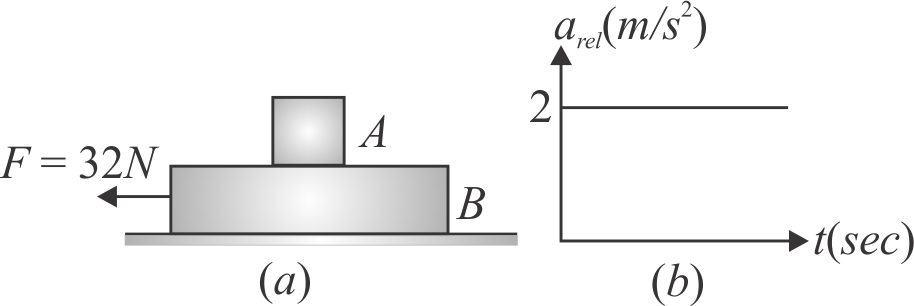
363320
A 
363321
Two blocks 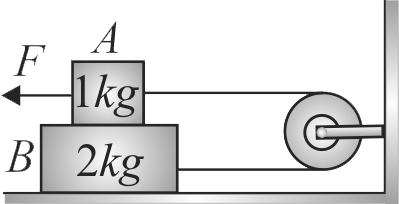
363318
Figure (a) shows a block 
363320
A 
363321
Two blocks 
363318
Figure (a) shows a block 
363320
A 
363321
Two blocks 
363318
Figure (a) shows a block 
363320
A 
363321
Two blocks 
363318
Figure (a) shows a block 
363320
A 
363321
Two blocks 
